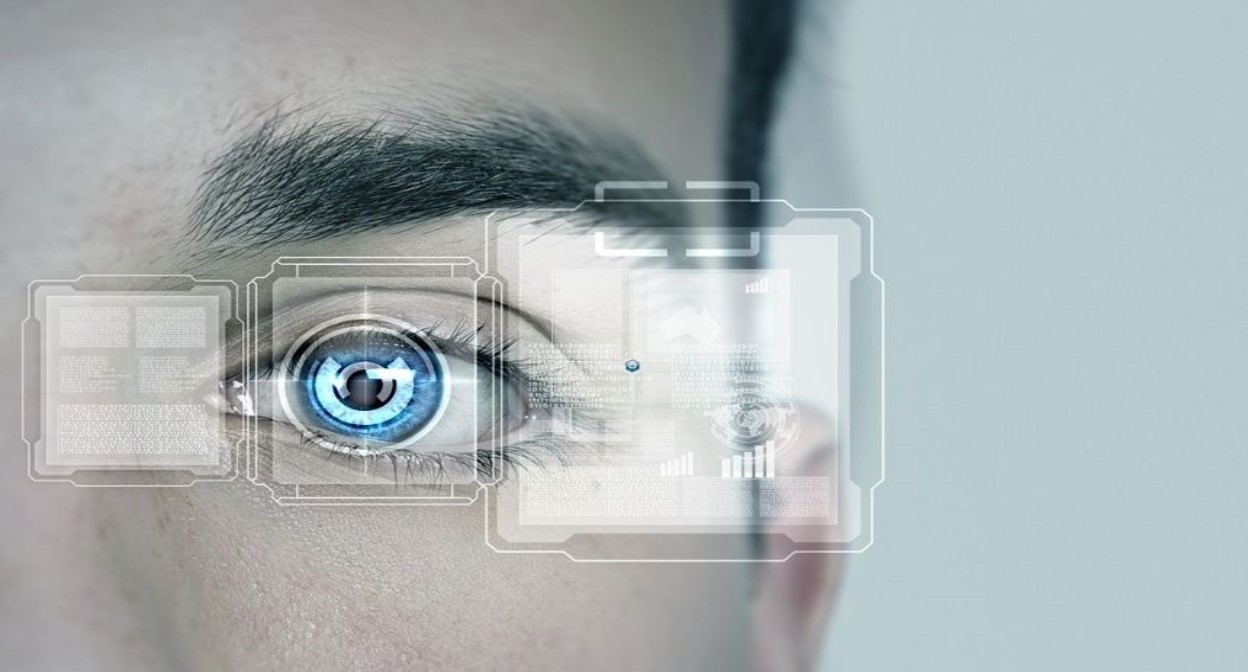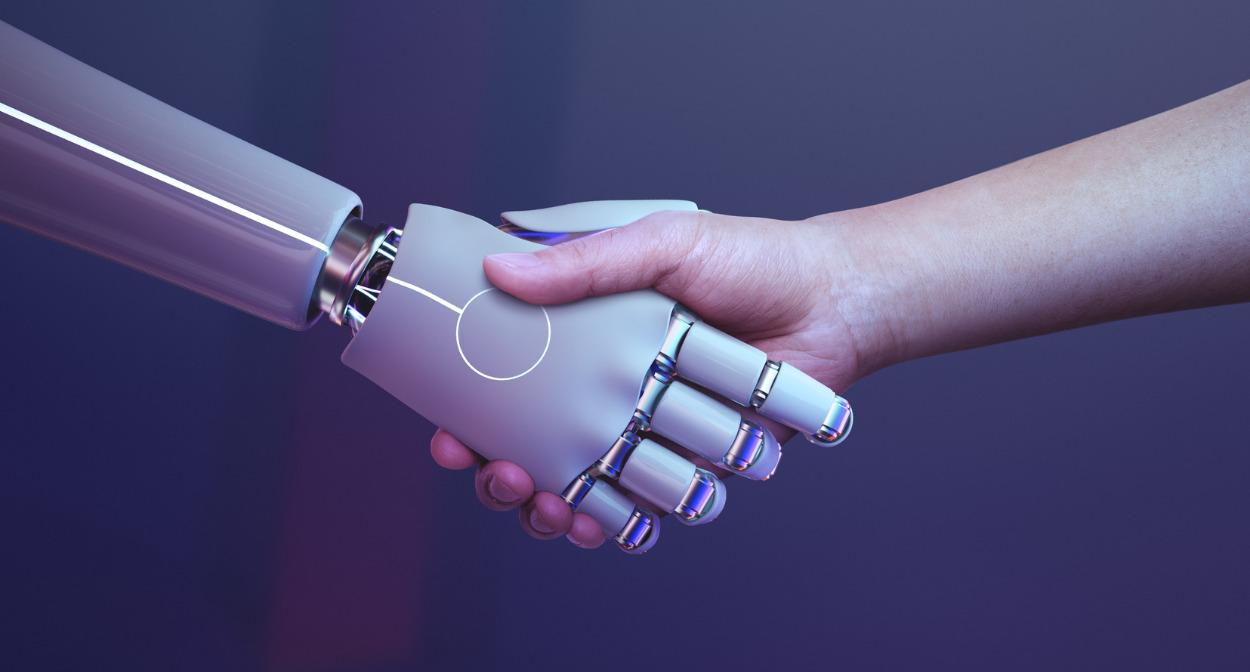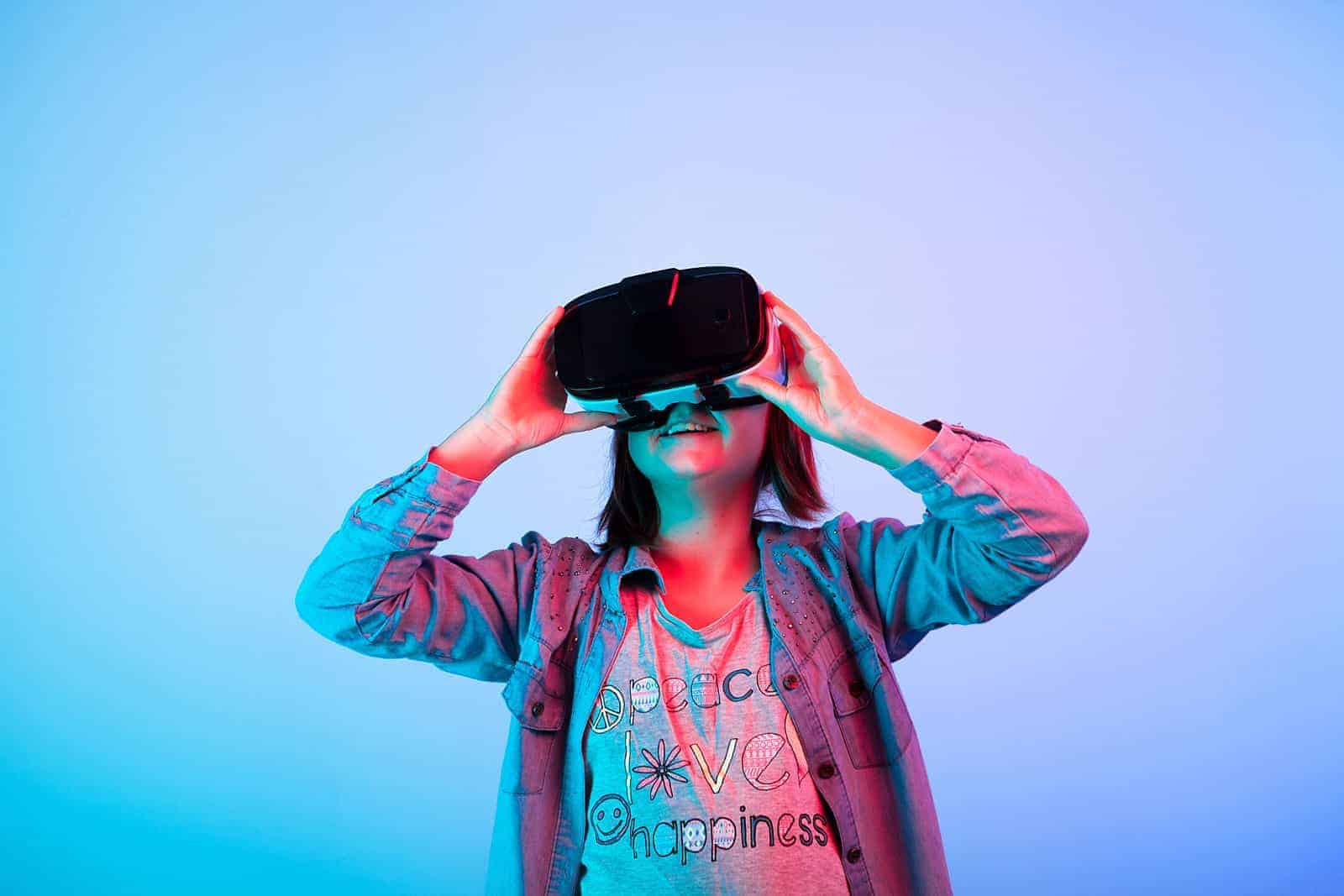With the surge in demand and interest in AI and machine learning, many contemporary trends are emerging in this space. As a tech professional, this blog will excite you to see what’s next in the realm of Artificial Intelligence and Machine Learning trends.
Data security and regulations
In today’s economy, data is the main commodity. To rephrase, intellectual capital is the most precious asset that businesses must safeguard. The quantity of data they manage, as well as the hazards connected with it, is only going to expand after the emergence of AI and ML. Large volumes of private information are backed up and archived by many companies nowadays, which poses a growing privacy danger. Don Evans, CEO of Crewe Foundation

The future currency is data. In other words, it’s the most priceless resource that businesses must safeguard. The amount of data they handle, and the hazards attached to it will only grow when AI and ML are brought into the mix. Today’s businesses, for instance, back up and store enormous volumes of sensitive customer data, which is expected to increase privacy risks by 2023.
Overlap of AI and IoT
There is a blurring of boundaries between AI and the Internet of Things. While each technology has merits of its own, only when they are combined can they offer novel possibilities? Smart voice assistants like Alexa and Siri only exist because AI and the Internet of Things have come together. Why, therefore, do these two technologies complement one another so well?
The Internet of Things (IoT) is the digital nervous system, while Artificial Intelligence (AI) is the decision-making brain. AI’s speed at analyzing large amounts of data for patterns and trends improves the intelligence of IoT devices. As of now, just 10% of commercial IoT initiatives make use of AI, but that number is expected to climb to 80% by 2023. Josh Thill, Founder of Thrive Engine

Why then do these two technologies complement one other so well? IoT and AI can be compared to the brain and nervous system of the digital world, respectively. IoT systems have become more sophisticated thanks to AI’s capacity to quickly extract insights from data. Software developers and embedded engineers now have another reason to include AI/ML skills in their resumes because of this development in AI and machine learning.
Augmented Intelligence
The growth of augmented intelligence should be a relieving trend for individuals who may still be concerned about AI stealing their jobs. It combines the greatest traits of both people and technology, offering businesses the ability to raise the productivity and effectiveness of their staff.
40% of infrastructure and operations teams in big businesses will employ AI-enhanced automation by 2023, increasing efficiency. Naturally, for best results, their staff should be knowledgeable in data science and analytics or have access to training in the newest AI and ML technologies.
Moving on from the concept of Artificial Intelligence to Augmented Intelligence, where decisions models are blended artificial and human intelligence, where AI finds, summarizes, and collates information from across the information landscape – for example, company’s internal data sources. This information is presented to the human operator, who can make a human decision based on that information. This trend is supported by recent breakthroughs in Natural Language Processing (NLP) and Natural Language Understanding (NLU). Kuba Misiorny, CTO of Untrite Ltd
Transparency
Despite being increasingly commonplace, there are trust problems with AI. Businesses will want to utilize AI systems more frequently, and they will want to do so with greater assurance. Nobody wants to put their trust in a system they don’t fully comprehend.
As a result, in 2023 there will be a stronger push for the deployment of AI in a visible and specified manner. Businesses will work to grasp how AI models and algorithms function, but AI/ML software providers will need to make complex ML solutions easier for consumers to understand.
The importance of experts who work in the trenches of programming and algorithm development will increase as transparency becomes a hot topic in the AI world.
Composite AI
Composite AI is a new approach that generates deeper insights from any content and data by fusing different AI technologies. Knowledge graphs are much more symbolic, explicitly modeling domain knowledge and, when combined with the statistical approach of ML, create a compelling proposition. Composite AI expands the quality and scope of AI applications and, as a result, is more accurate, faster, transparent, and understandable, and delivers better results to the user. Dorian Selz, CEO of Squirro
It’s a major advance in the evolution of AI and marrying content with context and intent allows organizations to get enormous value from the ever-increasing volume of enterprise data. Composite AI will be a major trend for 2023 and beyond.
Continuous focus on healthcare
There has been concern that AI will eventually replace humans in the workforce ever since the concept was first proposed in the 1950s. Throughout 2018, a deep learning algorithm was constructed that demonstrated accurate diagnosis utilizing a dataset consisting of more than 50,000 normal chest pictures and 7,000 scans that revealed active Tuberculosis. Since then, I believe that the healthcare business has mostly made use of Machine Learning (ML) and Deep Learning applications of artificial intelligence. Marie Ysais, Founder of Ysais Digital Marketing
Learn more about the role of AI in healthcare:
Pathology-assisted diagnosis, intelligent imaging, medical robotics, and the analysis of patient information are just a few of the many applications of artificial intelligence in the healthcare industry. Leading stakeholders in the healthcare industry have been presented with advancements and machine-learning models from some of the world’s largest technology companies. Next year, 2023, will be an important year to observe developments in the field of artificial intelligence.
Algorithmic decision-making
Advanced algorithms are taking on the skills of human doctors, and while AI may increase productivity in the medical world, nothing can take the place of actual doctors. Even in robotic surgery, the whole procedure is physician-guided. AI is a good supplement to physician-led health care. The future of medicine will be high-tech with a human touch.
No-code tools
The low-code/No Code ML revolution accelerates creating a new breed of Citizen AI. These tools fuel mainstream ML adoption in businesses that were previously left out of the first ML wave (mostly taken advantage of by BigTech and other large institutions with even larger resources). Maya Mikhailov Founder of Savvi AI
Low-code intelligent automation platforms allow business users to build sophisticated solutions that automate tasks, orchestrate workflows, and automate decisions. They offer easy-to-use, intuitive drag-and-drop interfaces, all without the need to write a line of code. As a result, low-code intelligent automation platforms are popular with tech-savvy business users, who no longer need to rely on professional programmers to design their business solutions.
Cognitive analytics
Cognitive analytics is another emerging trend that will continue to grow in popularity over the next few years. The ability for computers to analyze data in a way that humans can understand is something that has been around for a while now but is only recently becoming available in applications such as Google Analytics or Siri—and it’ll only get better from here!
Virtual assistants
Virtual assistants are another area where NLP is being used to enable more natural human-computer interaction. Virtual assistants like Amazon Alexa and Google Assistant are becoming increasingly common in homes and businesses. In 2023, we can expect to see them become even more widespread as they evolve and improve. Idrees Shafiq-Marketing Research Analyst at Astrill

Virtual assistants are becoming increasingly popular, thanks to their convenience and ability to provide personalized assistance. In 2023, we can expect to see even more people using virtual assistants, as they become more sophisticated and can handle a wider range of tasks. Additionally, we can expect to see businesses increasingly using virtual assistants for customer service, sales, and marketing tasks.
Information security (InfoSec)
The methods and devices used by companies to safeguard information fall under the category of information security. It comprises settings for policies that are essentially designed to stop the act of stopping unlawful access to, use of, disclosure of, disruption of, modification of, an inspection of, recording of, or data destruction.
With AI models that cover a broad range of sectors, from network and security architecture to testing and auditing, AI prediction claims that it is a developing and expanding field. To safeguard sensitive data from potential cyberattacks, information security procedures are constructed on the three fundamental goals of confidentiality, integrity, and availability, or the CIA. Daniel Foley, Founder of Daniel Foley SEO
Wearable devices
The continued growth of the wearable market. Wearable devices, such as fitness trackers and smartwatches, are becoming more popular as they become more affordable and functional. These devices collect data that can be used by AI applications to provide insights into user behavior. Oberon, Founder, and CEO of Very Informed
Process discovery
It can be characterized as a combination of tools and methods with heavy reliance on artificial intelligence (AI) and machine learning to assess the performance of persons participating in the business process. In comparison to prior versions of process mining, these goes further in figuring out what occurs when individuals interact in different ways with various objects to produce business process events.
The methodologies and AI models vary widely, from clicks of the mouse for specific reasons to opening files, papers, web pages, and so forth. All of this necessitates various information transformation techniques. The automated procedure using AI models is intended to increase the effectiveness of commercial procedures. Salim Benadel, Director at Storm Internet
Robotic Process Automation, or RPA.
An emerging tech trend that will start becoming more popular is Robotic Process Automation or RPA. It is like AI and machine learning, and it is used for specific types of job automation. Right now, it is primarily used for things like data handling, dealing with transactions, processing/interpreting job applications, and automated email responses. It makes many businesses processes much faster and more efficient, and as time goes on, increased processes will be taken over by RPA. Maria Britton, CEO of Trade Show Labs
Robotic process automation is an application of artificial intelligence that configures a robot (software application) to interpret, communicate and analyze data. This form of artificial intelligence helps to automate partially or fully manual operations that are repetitive and rule based. Percy Grunwald, Co-Founder of Hosting Data
Generative AI
Most individuals say AI is good for automating normal, repetitive work. AI technologies and applications are being developed to replicate creativity, one of the most distinctive human skills. Generative AI algorithms leverage existing data (video, photos, sounds, or computer code) to create new, non-digital material.
Deepfake films and the Metaphysic act on America’s Got Talent have popularized the technology. In 2023, organizations will increasingly employ it to manufacture fake data. Synthetic audio and video data can eliminate the need to record film and speech on video. Simply write what you want the audience to see and hear, and the AI creates it. Leonidas Sfyris
With the rise of personalization in video games, new content has become increasingly important. Companies are not able to hire enough artists to constantly create new themes for all the different characters so the ability to put in a concept like a cowboy and then the art assets created for all their characters becomes a powerful tool.
Observability in practice
By delving deeply into contemporary networked systems, Applied Observability facilitates the discovery and resolution of issues more quickly and automatically. Applied observability is a method for keeping tabs on the health of a sophisticated structure by collecting and analyzing data in real time to identify and fix problems as soon as they arise.
Utilize observability for application monitoring and debugging. Telemetry data including logs, metrics, traces, and dependencies are collected by Observability. The data is then correlated in actuality to provide responders with full context for the incidents they’re called to. Automation, machine learning, and artificial intelligence (AIOps) might be used to eliminate the need for human interaction in problem-solving. Jason Wise, Chief Editor at Earthweb
Natural Language Processing
As more and more business processes are conducted through digital channels, including social media, e-commerce, customer service, and chatbots, NLP will become increasingly important for understanding user intent and producing the appropriate response.
Read more about NLP tasks and techniques in this blog:
In 2023, we can expect to see increased use of Natural Language Processing (NLP) for communication and data analysis. NLP has already seen widespread adoption in customer service chatbots, but it may also be utilized for data analysis, such as extracting information from unstructured texts or analyzing sentiment in large sets of customer reviews. Additionally, deep learning algorithms have already shown great promise in areas such as image recognition and autonomous vehicles.
In the coming years, we can expect to see these algorithms applied to various industries such as healthcare for medical imaging analysis and finance for stock market prediction.
Lastly, the integration of AI tools into various industries will continue to bring about both exciting opportunities and ethical considerations. Nicole Pav, AI Expert.

